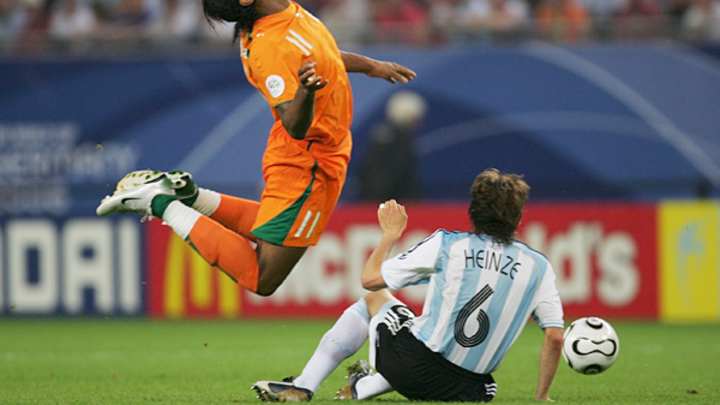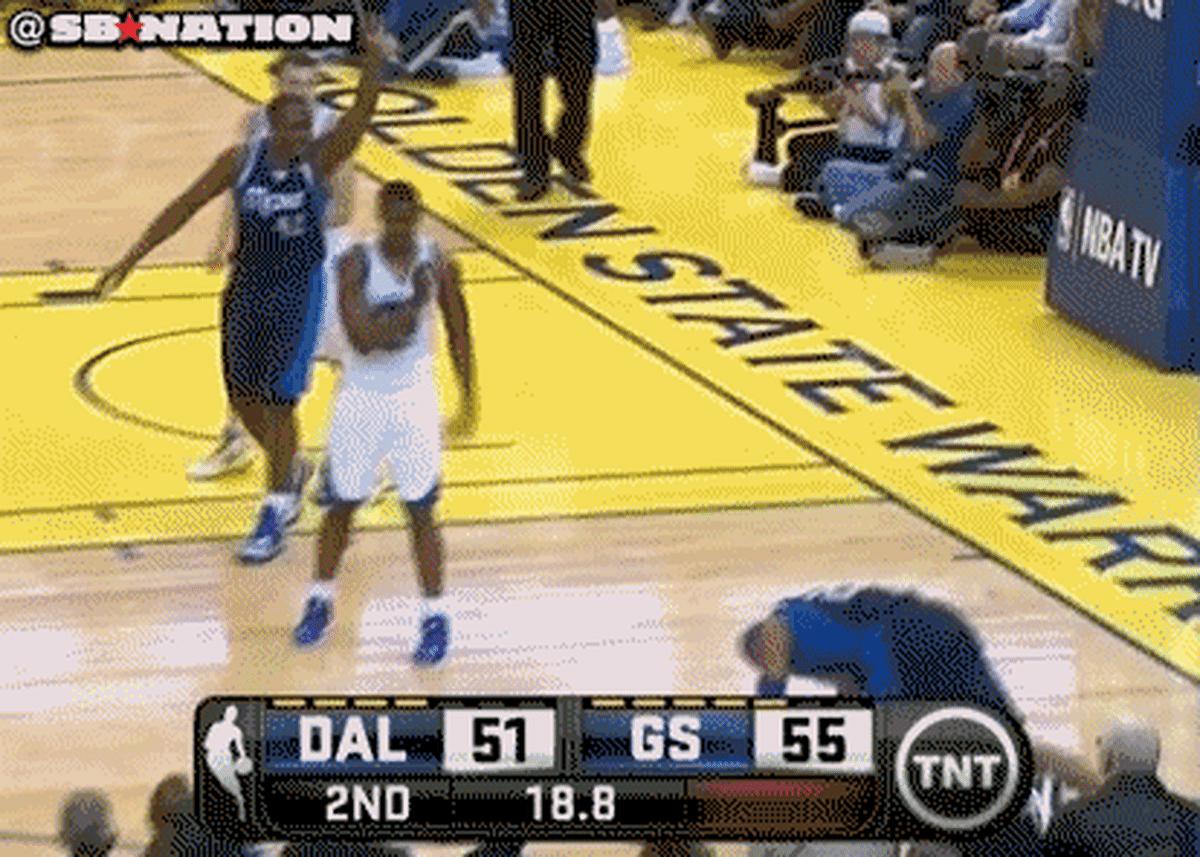Flopping Is Forever

Alex Livesey/Getty Images

Today our Point Forward blog unveiled the Floppies: a celebration of egregious acting in the NBA this season. It's a gallery of inspiring examples of [pick one: selflessly trying to gain an advantage for one's team / cheating]. You might be familiar with flopping—also known as diving, simulation or embellishment—if you've seen an NBA player get called for it this season, or if you've ever watched 30 seconds of any soccer game ever played. Due to the nature of play, it's most common in those sports. But it's not limited to them.
Just in the past few years, though, it's permeated football and hockey:
Motorcycle racing? Of course.
Youth lacrosse? Why not?
Coaches? Not too good for it.
Even captains of baseball have employed a form of flopping.
Whether it's a balletic art or common skullduggery is often in the eye of the beholder, but in truth it's a derivative of both.
The flop falls under the wider heading of gamesmanship, which Webster's defines as the art or practice of winning games by questionable expedients without actually violating the rules. The most typical example is dropping to the ground in an attempt at drawing a penalty, but some athletes take it even further:
There was Vika Azarenka making liberal use of the medical timeout rule in medias choke against Sloane Stephens in the Australian Open semis.
[youtube="http://youtu.be/4gssYLqfDxI"]
Or Vince Carter going meta with a possum play in February.
sbnation.com

Yet if the inclusive definition of a "flop" is a deception in the pursuit of benefit, or giving the appearance of suffering a hardship in order to curry favor, there's been no shortage of them outside the realm of sport over time. These cross-cultural floppers are manifold: the miscreants who have faked cancer for personal gain; the laundry list of third-world nations that have staged intentional domestic chaos in the hope of attracting international aid; James Frey fabricating a backstory as a drug addict and criminal to get his memoir into Oprah's book club. Embellishment and downright simulation is as much an imprint on our internal makeup as survival instincts and fight-or-flight responses.
Nor is the concept of gamesmanship exclusive to humanity. (And not just in the case the hognose snake, reptilia's answer to Manu Ginobili, known for its defensive display of rolling over, opening its mouth, sticking its tongue out and playing dead.) An exhaustive 2011 study published in the open-access journal PLOS One found that deception in theoretical models of animal behavior aligned with how soccer players conducted themselves on the pitch.
After watching hundreds of hours of matches across six European leagues, scientists found that deceptive behavior was just as likely to occur in animals as in humans when potential payoffs outweighed potential costs (or punishments). Diving, it turns out, is far more likely to occur near the offensive goal and when the match is tied. Simulation was also more likely to occur in leagues where it is rewarded most (see below).
plosone.org

"This pattern suggests that the potential benefit to deceivers may be a stronger incentive to deceive than the potential cost as a deterrent," the study concludes. Translation: Athletes' fear of losing outweighs their concern over getting caught for cheating. And until that changes, no rule -- however strongly enforced -- will be above the occasional massage.
